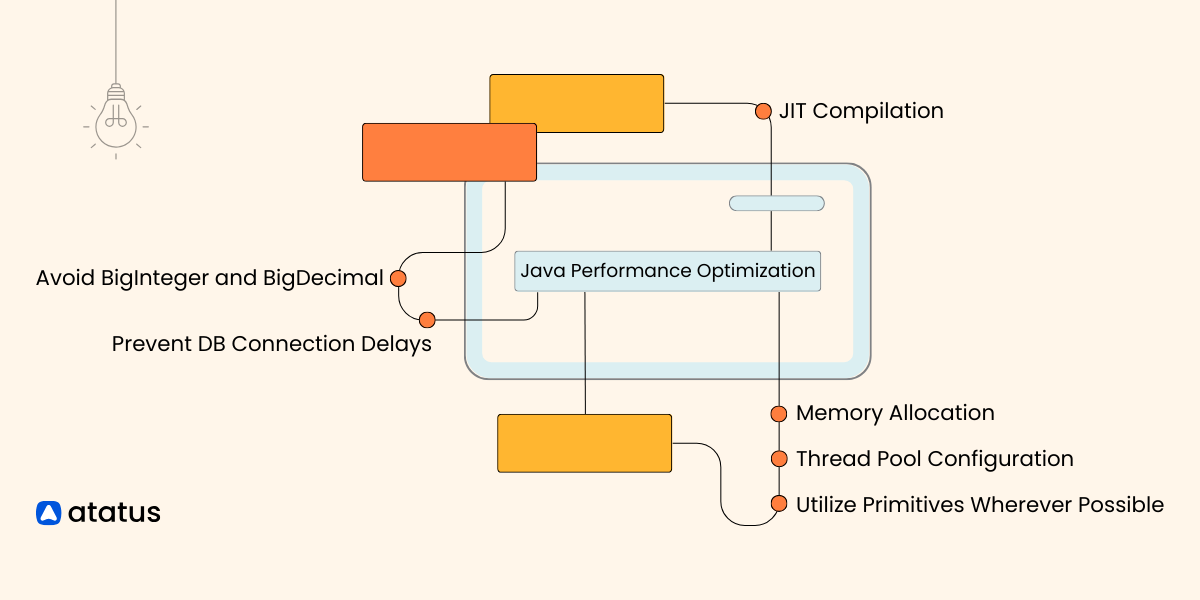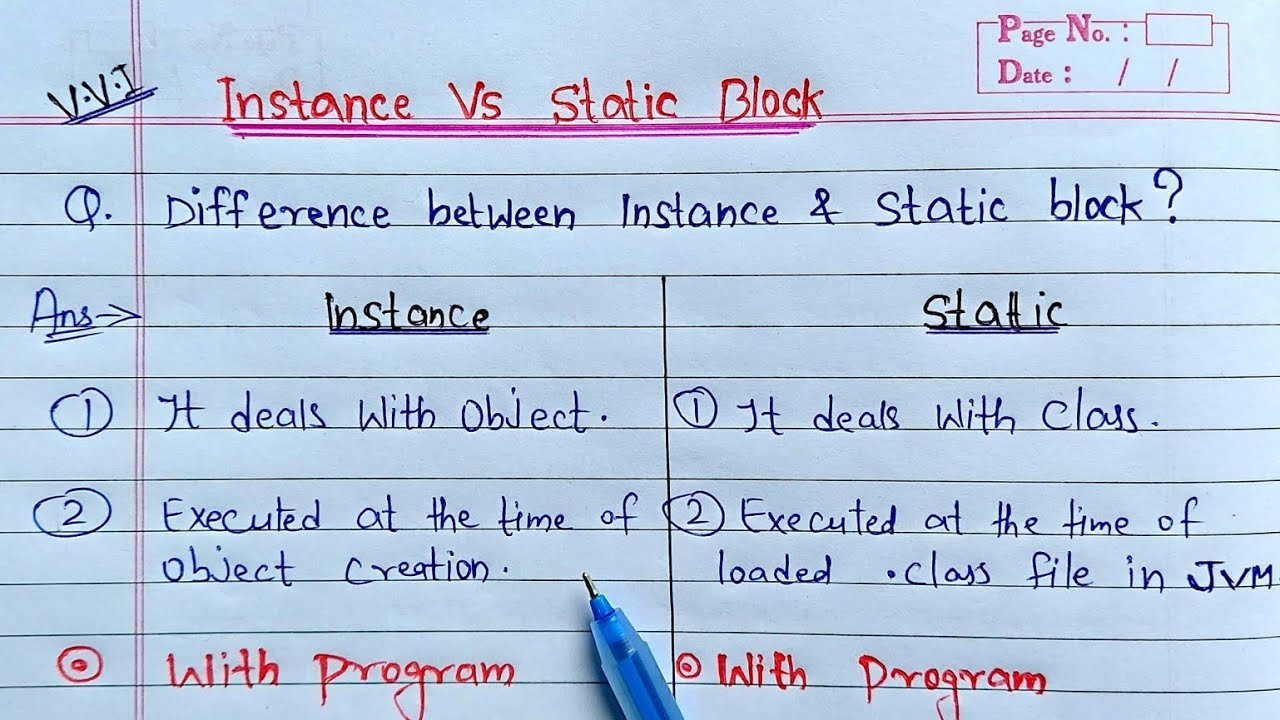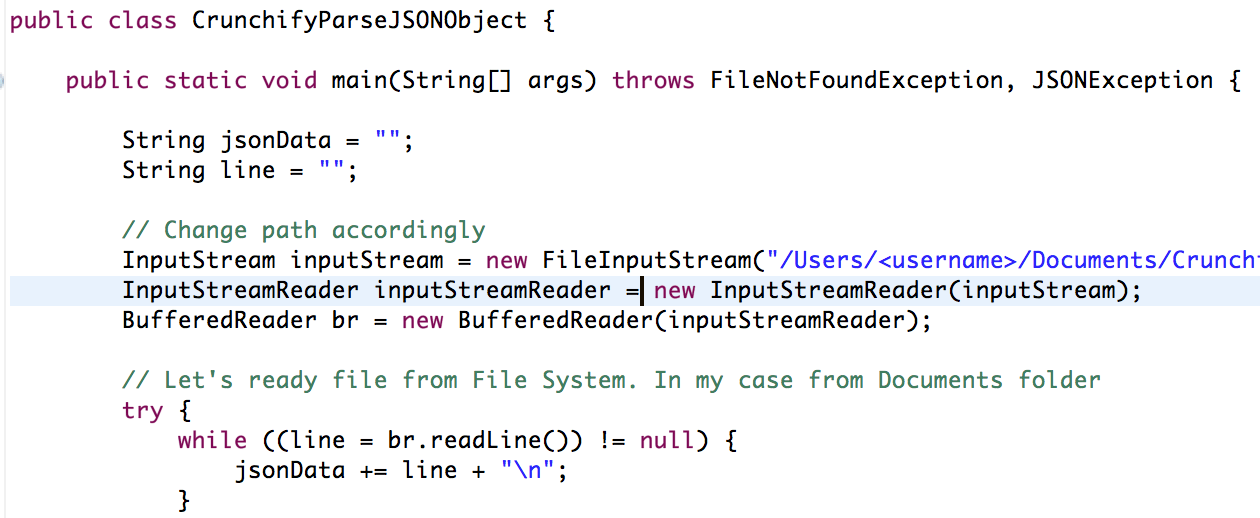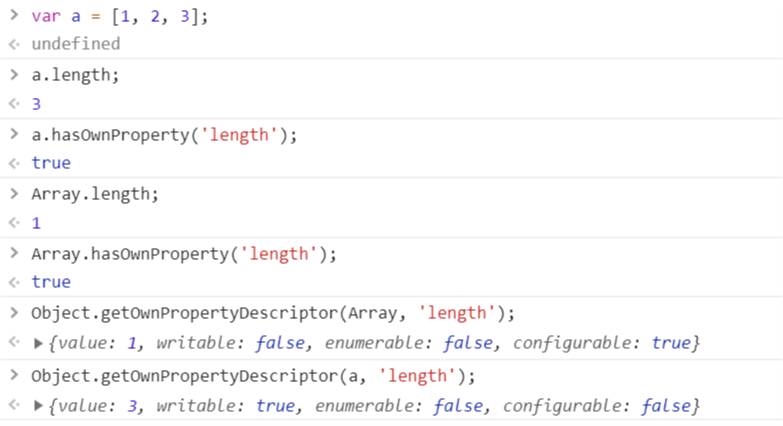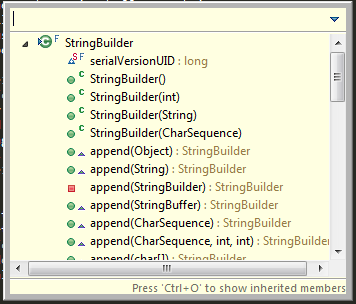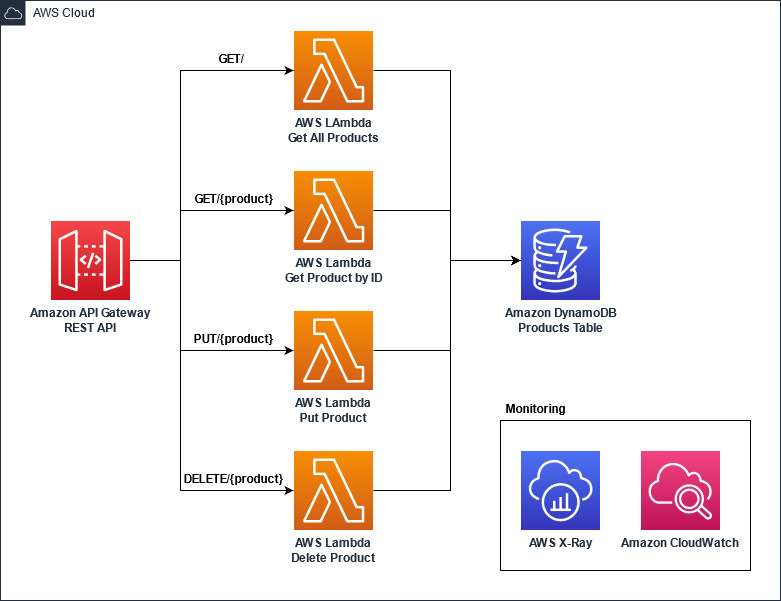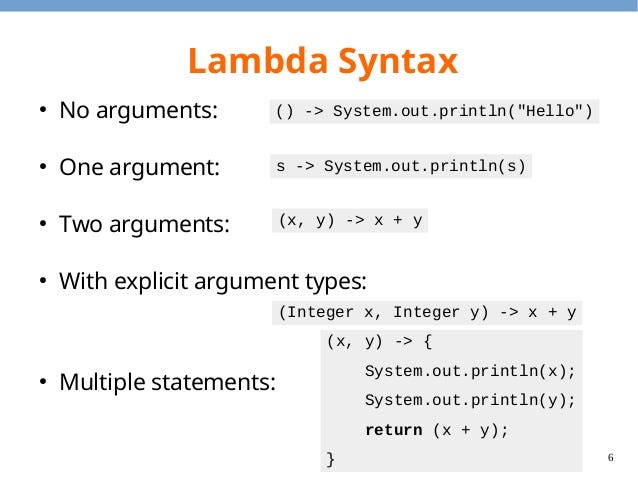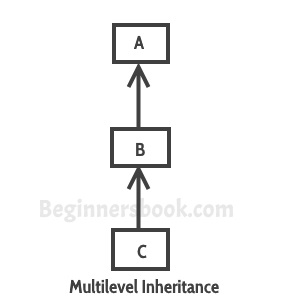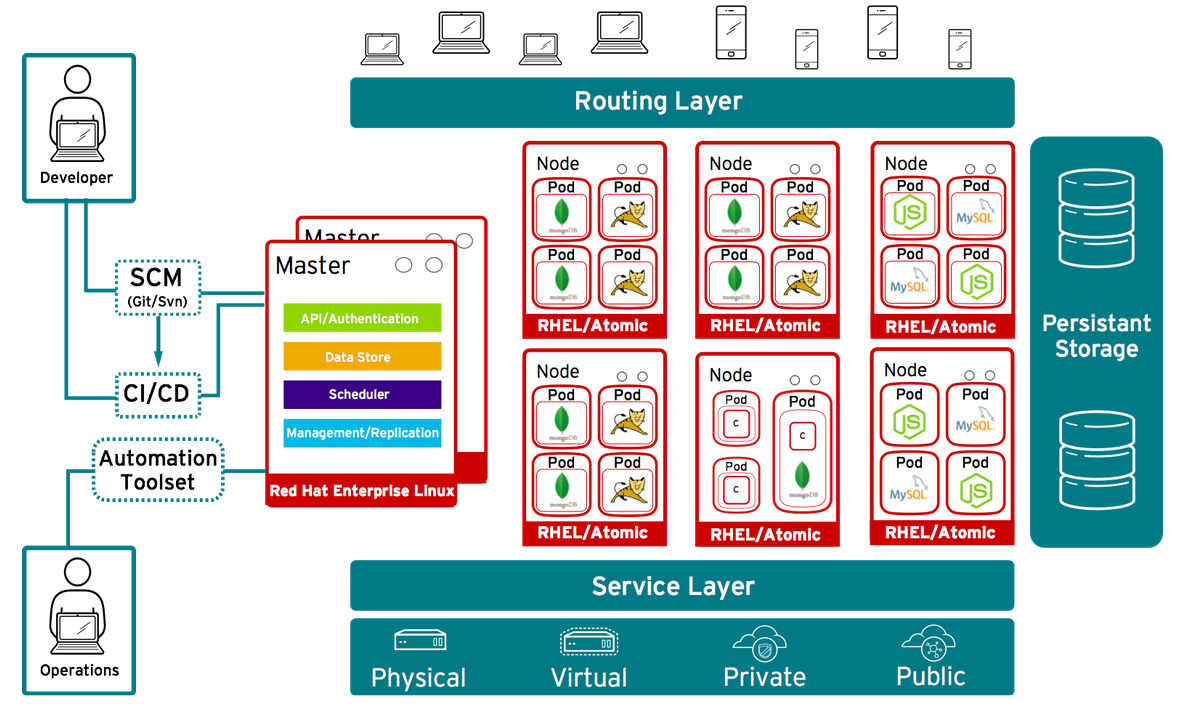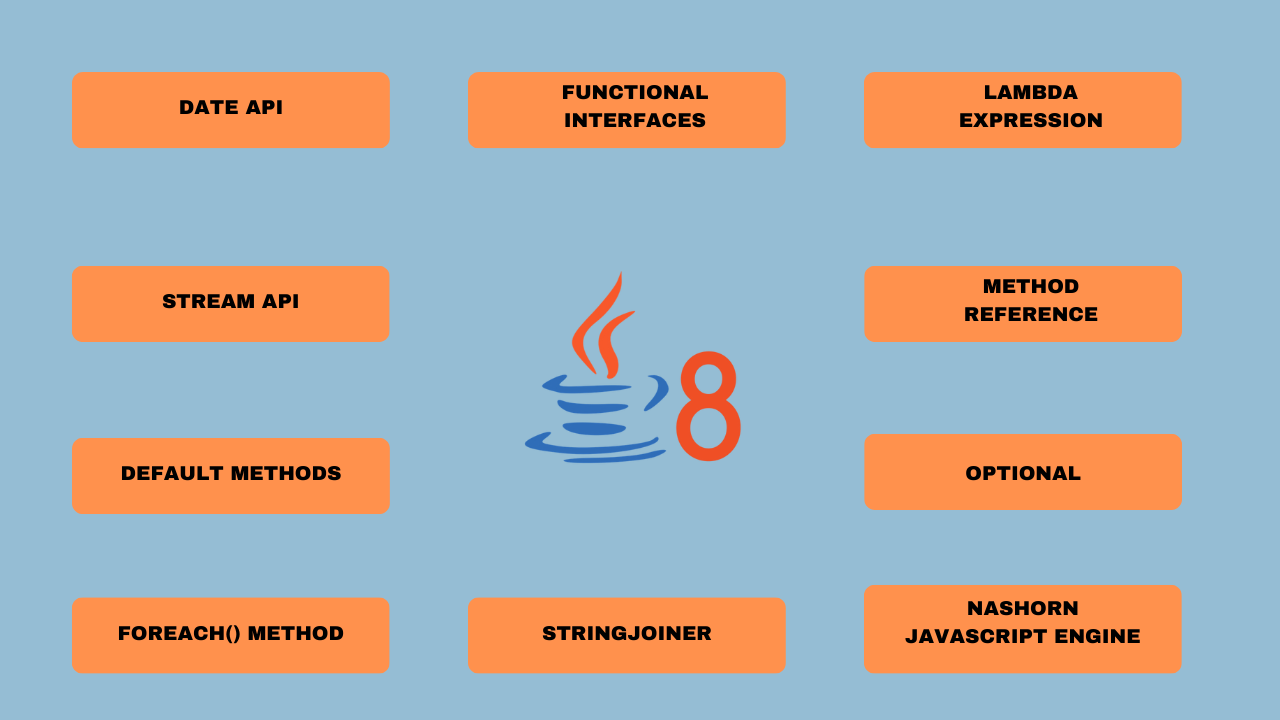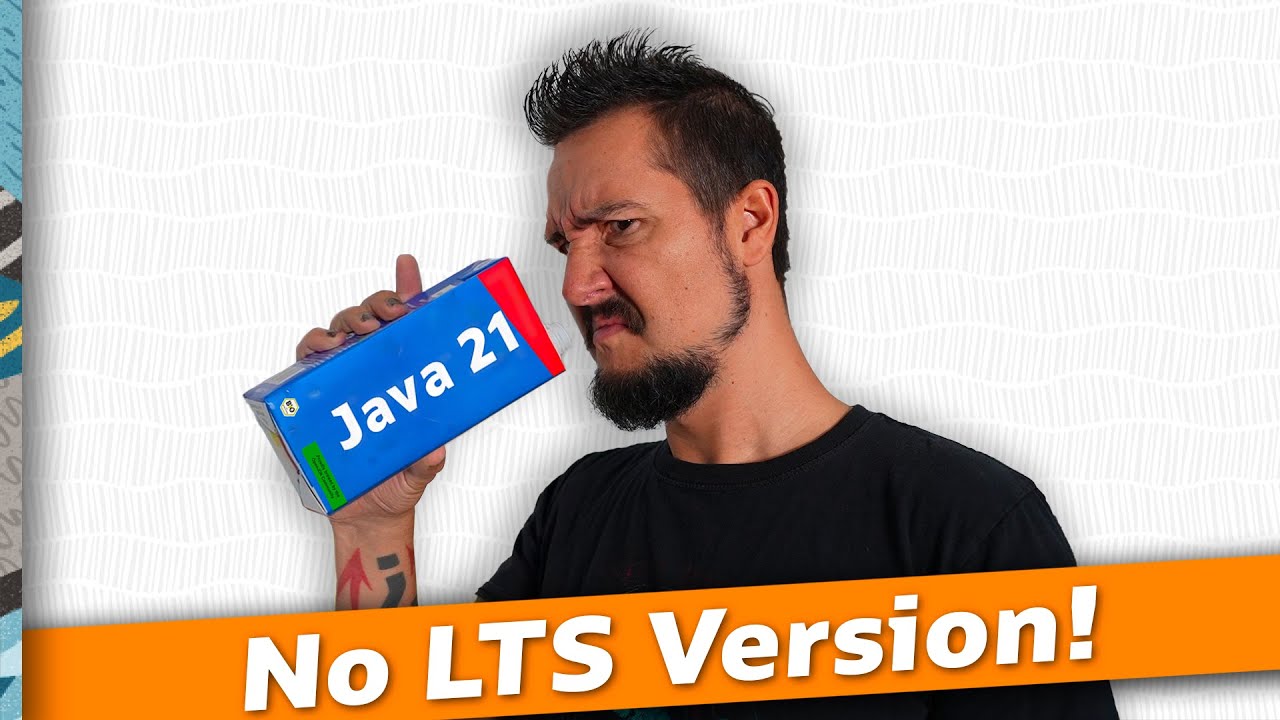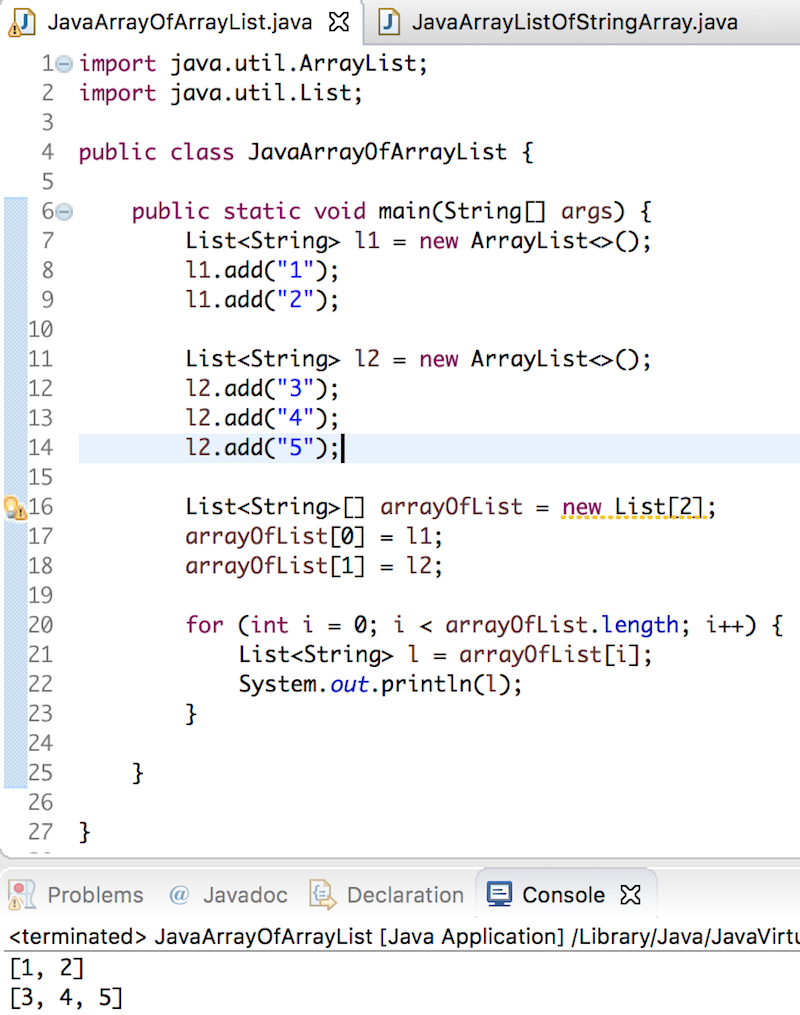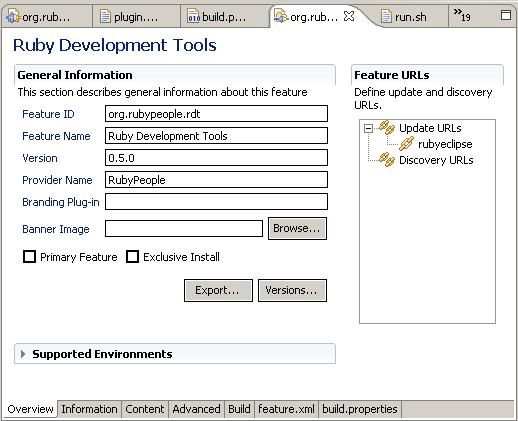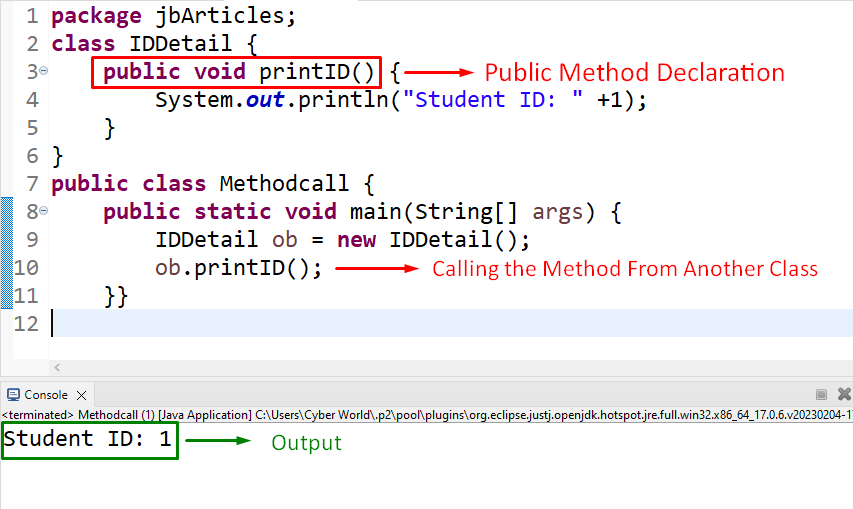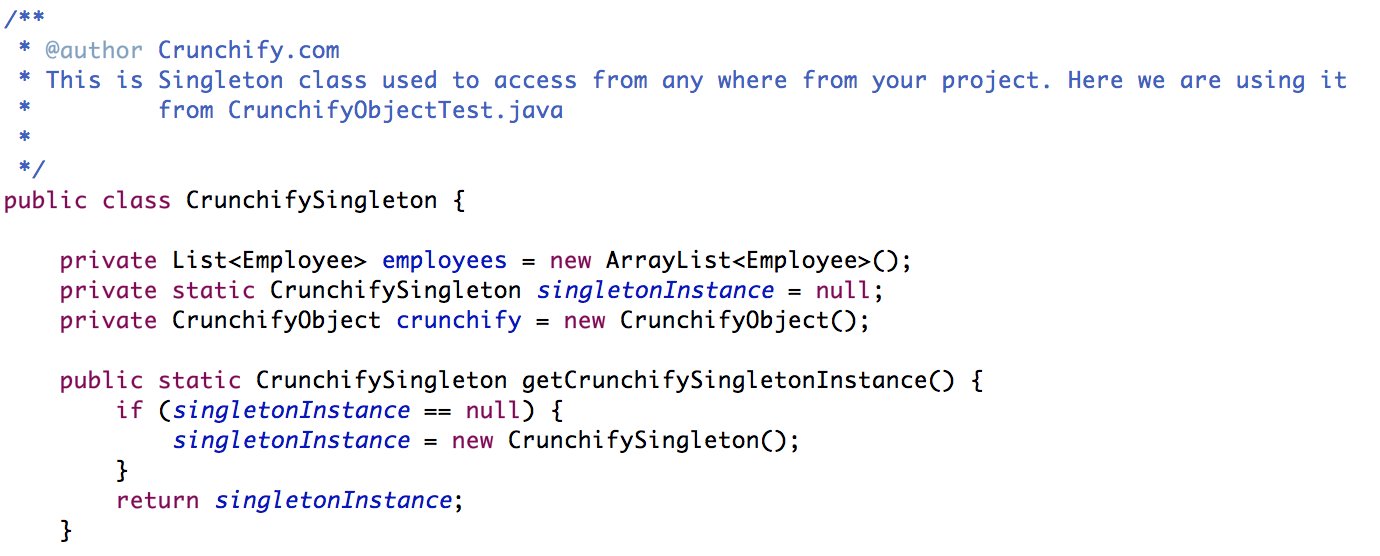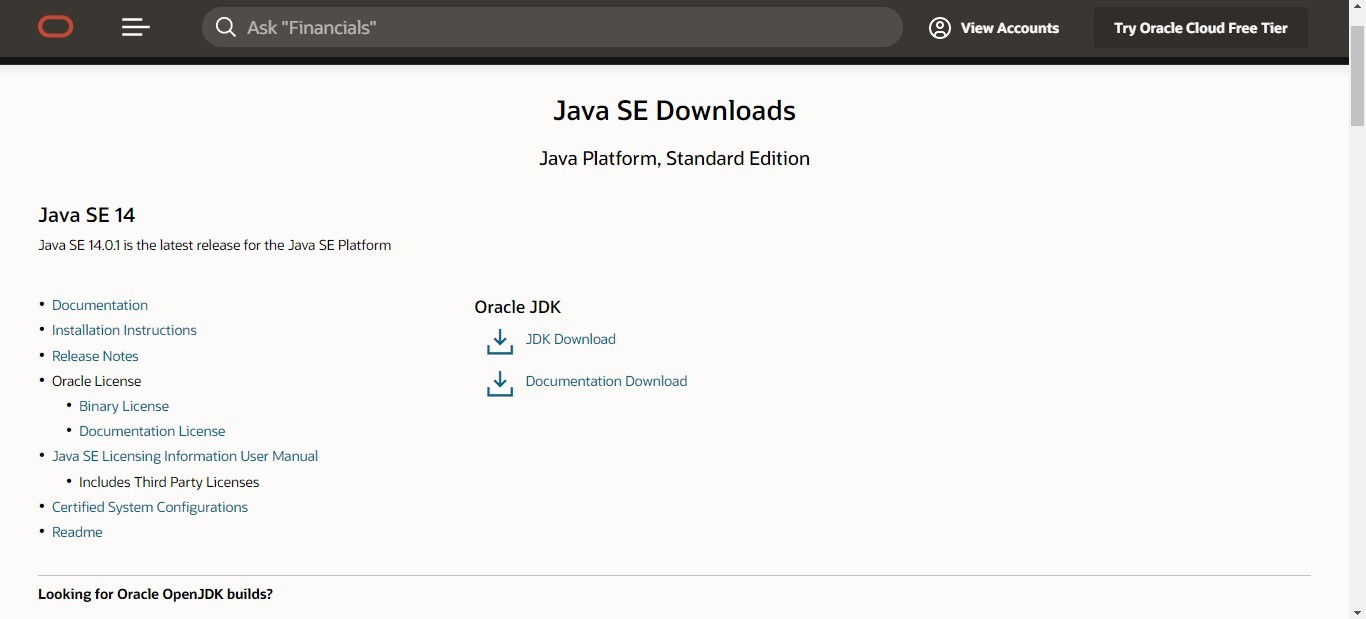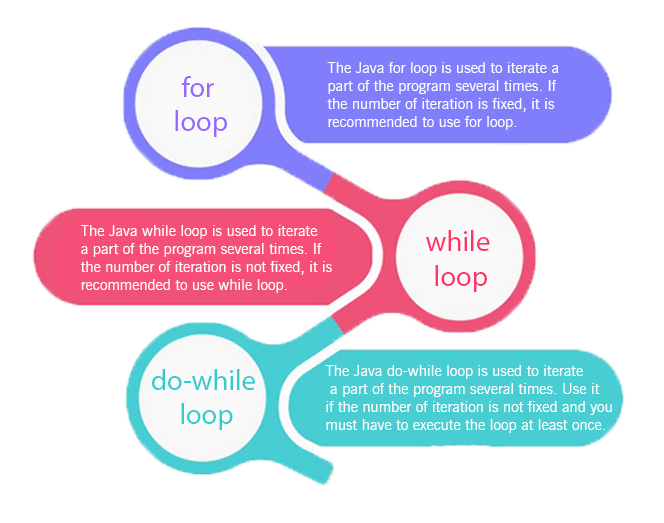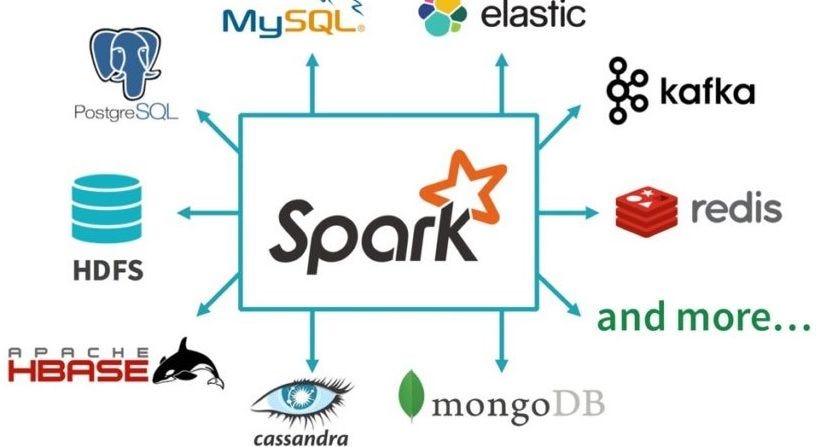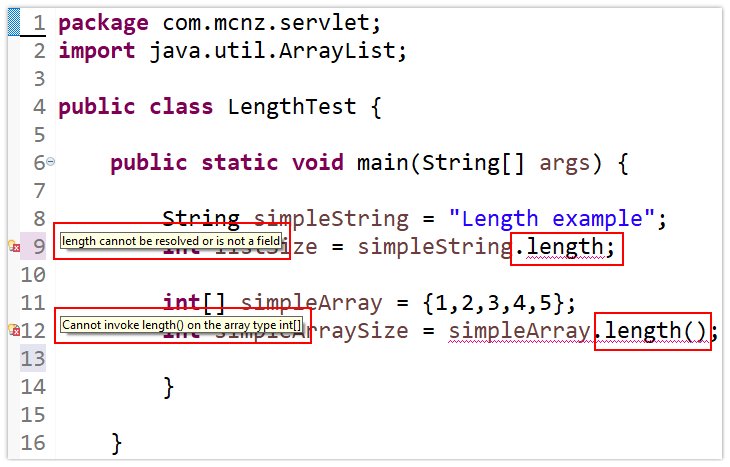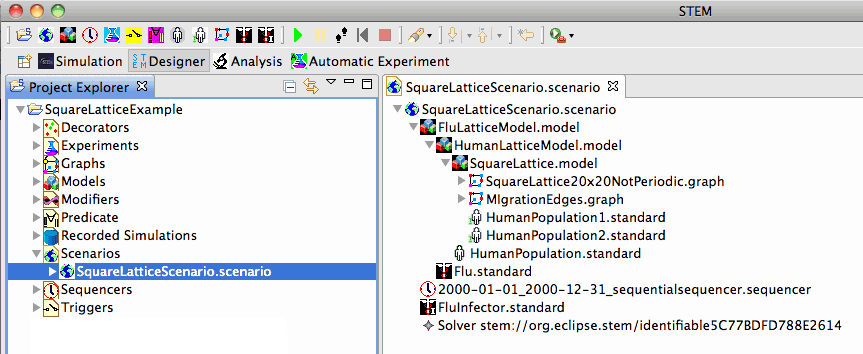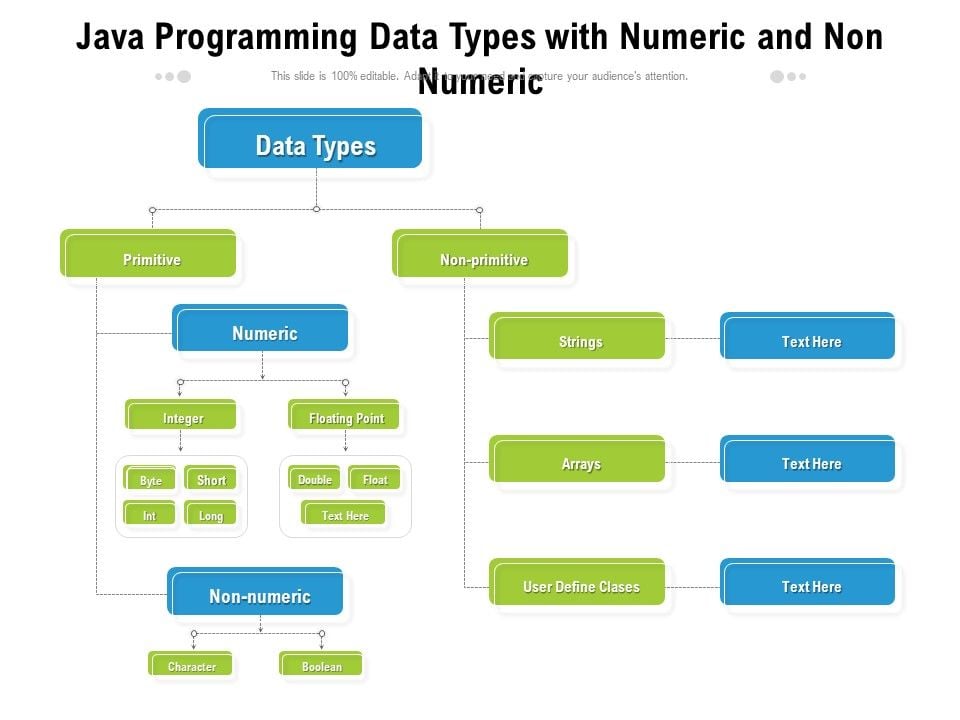java rmi example
java rmi example
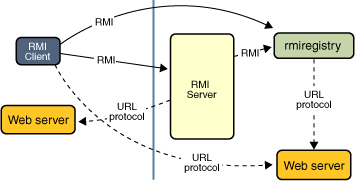
Here is a simple Java RMI (Remote Method Invocation) example that demonstrates how to create and use remote objects:
Step 1: Create the Remote Interface
Create an interface Calculator that defines the methods that can be called remotely:
public interface Calculator extends Remote {int add(int x, int y) throws RemoteException;
int subtract(int x, int y) throws RemoteException;
}
Step 2: Create the Remote Object
Implement the remote interface in a class CalculatorImpl:
public class CalculatorImpl implements Calculator {public int add(int x, int y) throws RemoteException {
return x + y;
}
public int subtract(int x, int y) throws RemoteException {
return x - y;
}
}
Step 3: Create the Registry
Create a Registry that will be used to locate and access remote objects:
public class CalculatorRegistry extends UnicastRemoteObject implements Remote {public CalculatorRegistry() throws RemoteException {}
public Calculator getCalculator(int port) throws RemoteException {
// Return an instance of CalculatorImpl
return new CalculatorImpl();
}
}
Step 4: Start the Registry
Start a registry that will be used to locate and access remote objects:
public class Main {public static void main(String[] args) {
try {
CalculatorRegistry registry = new CalculatorRegistry();
Registry registry2 = LocateRegistry.createRegistry(9999);
registry2.rebind("Calculator", registry);
} catch (Exception e) {
System.out.println("Error starting the registry: " + e.getMessage());
System.exit(1);
}
}
}
Step 5: Use the Remote Object
Create a client that uses the remote object:
public class CalculatorClient {public static void main(String[] args) {
try {
// Locate the registry
Registry registry = LocateRegistry.getRegistry("localhost", 9999);
// Get the calculator
Calculator calculator = (Calculator) registry.lookup("Calculator");
// Use the calculator
int result1 = calculator.add(2, 3);
System.out.println("Result 1: " + result1);
int result2 = calculator.subtract(5, 2);
System.out.println("Result 2: " + result2);
} catch (Exception e) {
System.out.println("Error using the remote object: " + e.getMessage());
System.exit(1);
}
}
}
This example demonstrates how to create and use remote objects in Java using RMI. The CalculatorImpl class implements the Calculator interface, which defines methods that can be called remotely. The CalculatorRegistry class creates a registry that is used to locate and access remote objects. The client uses the registry to find the calculator and then calls its methods.
This example shows how to start a registry using LocateRegistry.createRegistry() and bind a remote object using registry2.rebind(). It also demonstrates how to use the registry to look up a remote object using registry.lookup().
Note that this is a very basic example, and in practice you would want to handle errors and exceptions more robustly.
java.rmi package
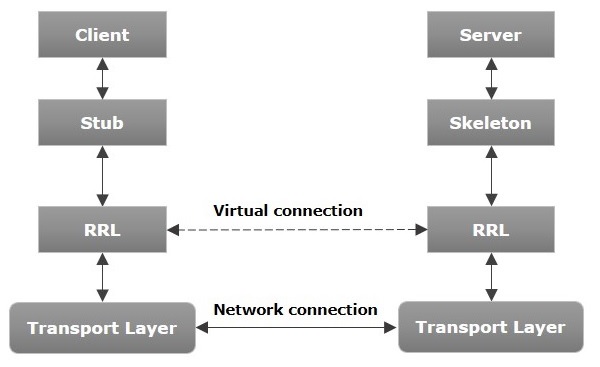
I'm happy to respond in English!
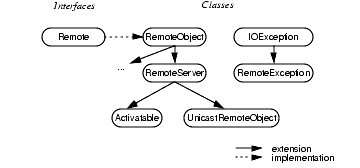
The java.rmi package is a part of the Java standard library that allows developers to create distributed systems using Remote Method Invocation (RMI). RMI enables you to write code that can be executed remotely, allowing for seamless communication between multiple machines.
What is RMI?
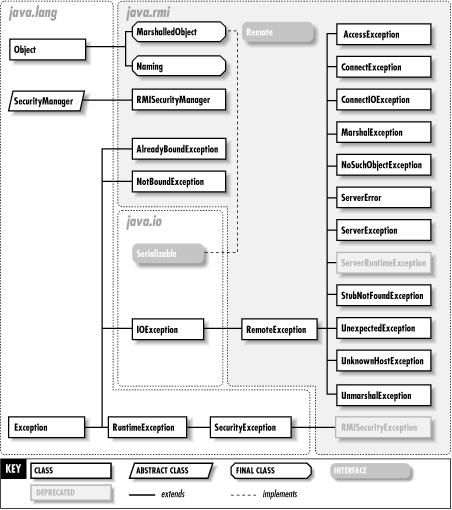
RMI stands for Remote Method Invocation. It's a technology that lets you invoke methods on objects located on other machines as if they were local. This means that your code can interact with objects in other JVMs (Java Virtual Machines) without the need to write platform-specific network communication code.
How does RMI work?
Here's a high-level overview of how RMI works:
Remote Objects: You create remote objects on a server machine by implementing certain interfaces and extending specific classes.
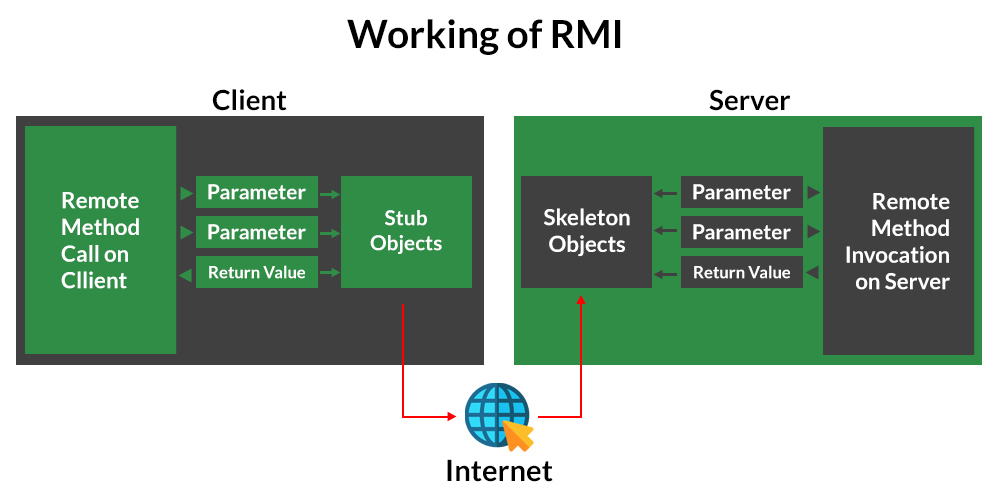
Advantages of RMI
Simplified Distributed Programming: RMI makes it easier to write code that interacts with objects on other machines without worrying about network communication details. Platform Independence: RMI uses standardized protocols (e.g., TCP/IP) and data formats (e.g., Java serialization), making your distributed systems more platform-independent. Security: RMI provides built-in security features, such as authentication and authorization, to protect remote method invocations.Java RMI Package
The java.rmi package contains classes for implementing RMI. Some notable classes include:
Remote: The base interface for all remote objects. Serializable: An interface that defines serialization for Java objects. UnicastRemoteObject: A class that provides a basic implementation of the Remote interface, useful for creating remote objects. Naming: A class that manages a naming service for looking up remote objects by name.
Java RMI Example
Here's a simple RMI example:
// Server side
import java.rmi.*;
public interface Hello extends Remote {
String sayHello(String name);
}
public class HelloImpl implements Hello, Serializable {
public String sayHello(String name) {
return "Hello, " + name + "!";
}
}
public static void main(String[] args) throws Exception {
Hello hello = new HelloImpl();
Naming.rebind("rmi://localhost/hello", hello);
System.out.println("Hello service bound.");
}
// Client side
import java.rmi.*;
public class RMIExample {
public static void main(String[] args) throws Exception {
Hello hello = (Hello) Naming.lookup("rmi://localhost/hello");
String result = hello.sayHello("John");
System.out.println(result);
}
}
In this example, we define a Hello interface with a single method sayHello, which is implemented by the HelloImpl class. On the server side, we create an instance of HelloImpl and bind it to the naming service using Naming.rebind. On the client side, we use Naming.lookup to find the remote object by name and invoke its sayHello method.
This is just a brief overview of the Java RMI package. If you have more specific questions or would like me to elaborate on certain aspects, feel free to ask!

